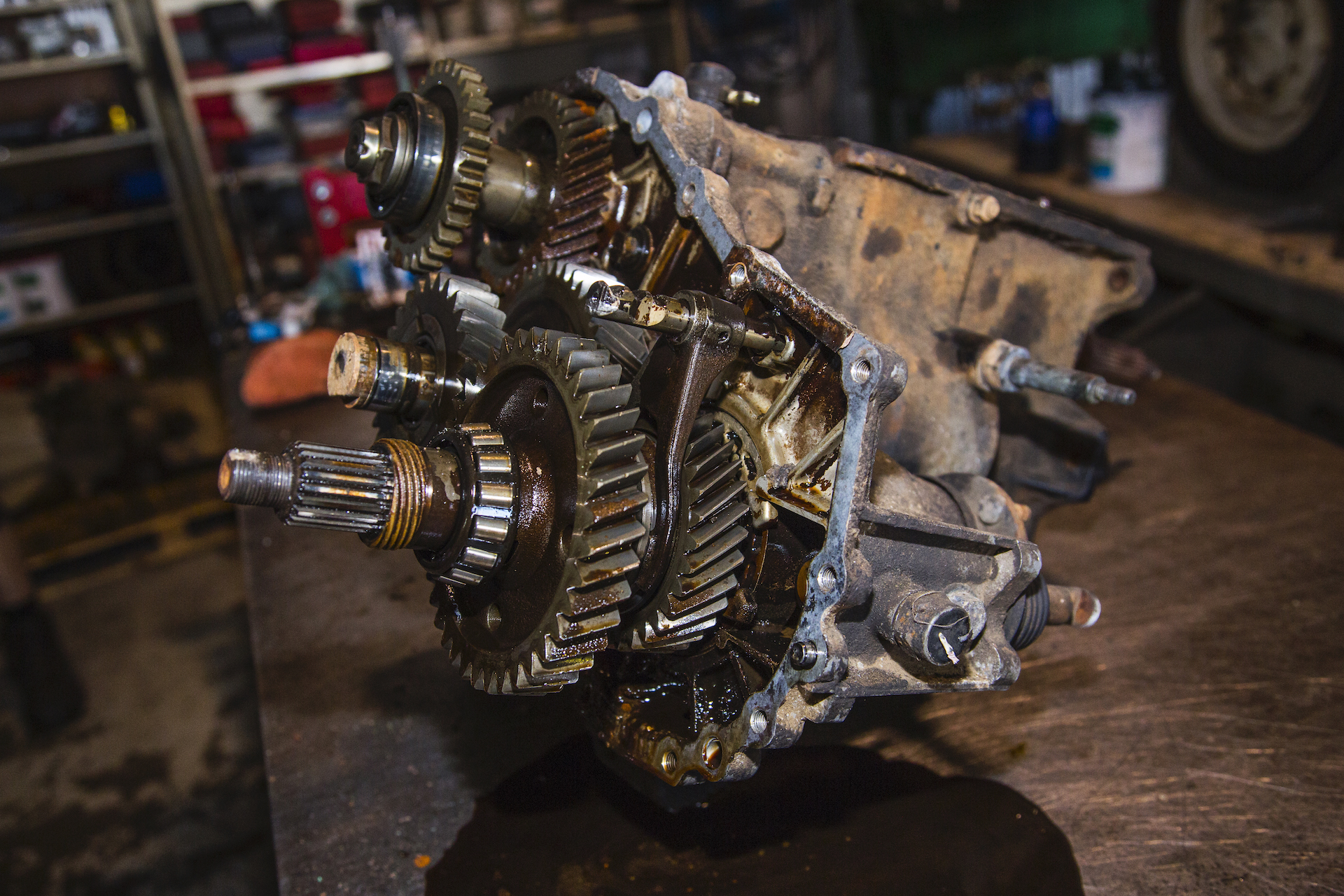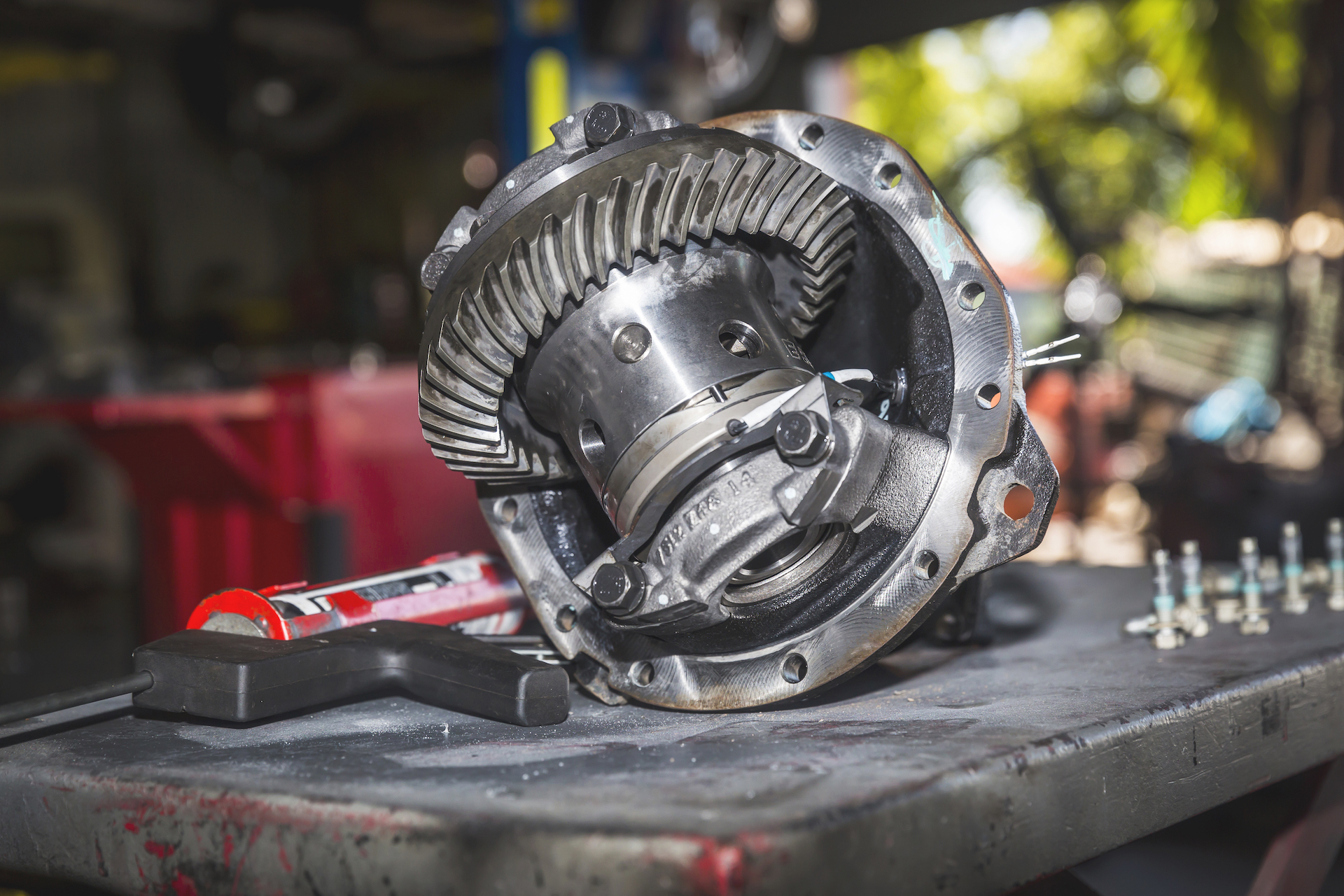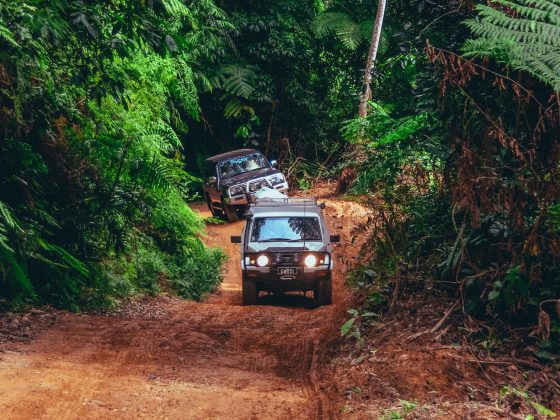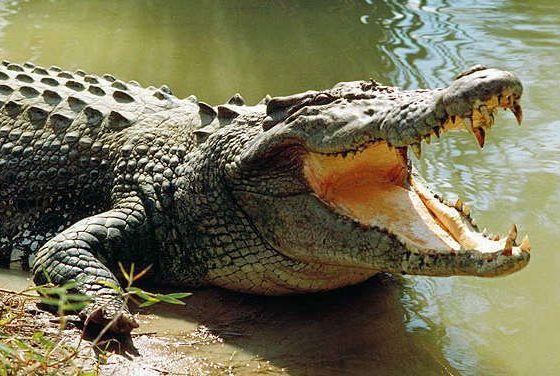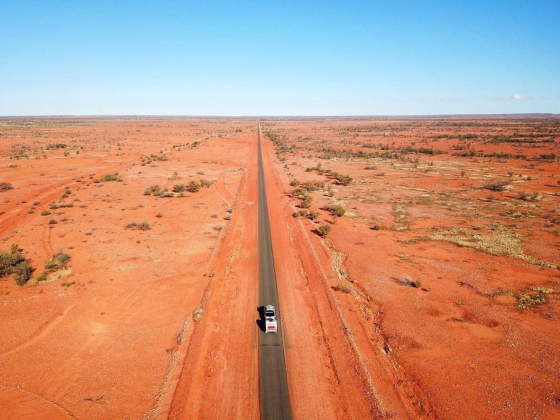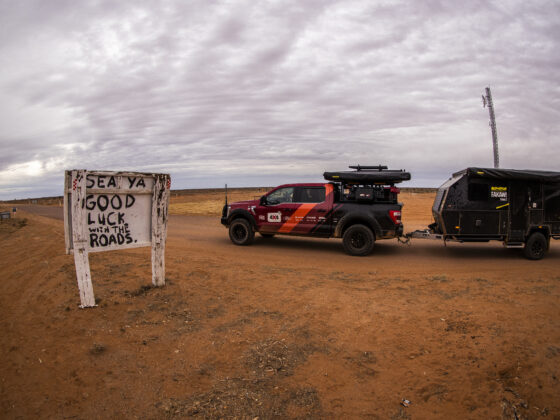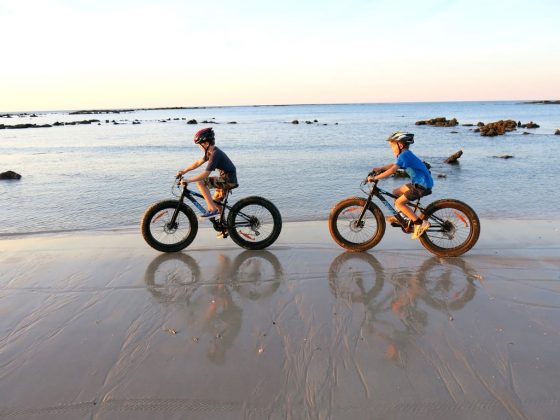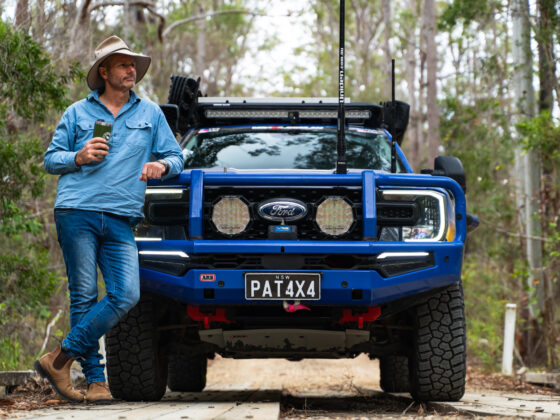Fitted bigger tyres to your 4X4 and want to ensure they still perform? Here’s everything you need to know about diff regearing.
Changing the diameter of your tyres will make a large difference to how well your 4X4 performs on and off-road. It’s arguably one of the best ‘go-to’ modifications when paired with a lift to fit the tyres inside the guards. They give us better traction. Increased ground clearance. And the ability to roll over obstacles with ease. But it’s not all sunshine and roses.
Unfortunately, when any 4X4 is designed, they’re just not spec’d with our modifications in mind. Our factory tyres rolling diameter is one piece of a larger gearing puzzle that includes torque curves, gearbox ratios, diff gears, and drivability. By changing any one of those factors, the final result is changed. Fitting larger rolling diameter tyres is like trying to take off in second gear, it’s just not going to work. Without a little diff regearing that is.
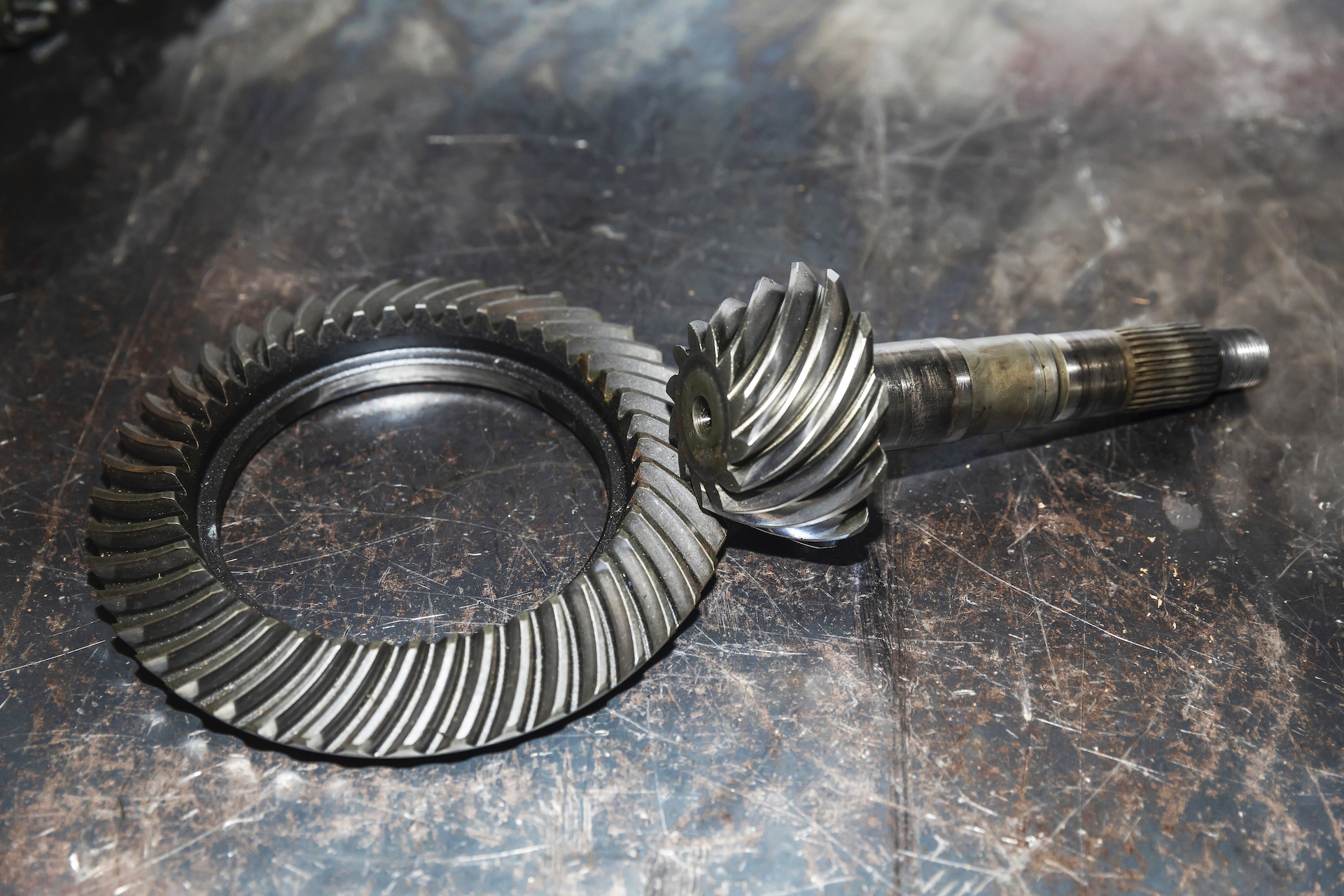
What’s in the numbers?
Let’s say your average 4X4 comes with 30-inch tyres as standard (we’ll work in inches to keep the maths simple). It’s got 4.1:1 ratio diffs and drives exactly as it was designed and engineered. There’s a good compromise between torque, and having the engine in its power curve at 100km/h.
Should you then upgrade to 33-inch tyres on the same vehicle, you’ve just changed your ratios by 10 per cent across the board. Your 4.1:1 final drive, is now essentially at 3.7:1. This change will equate to longer legs up top; and the engine will be revving a touch lower than it was at 100km/h. However this is often to the detriment of your 4X4.
Your economy, acceleration, and speedometer will be off. And the engine will have to work harder to maintain 100km/h at a lower rpm. A slower rpm also reduces the speed at which a viscous hub fan will spin, potentially reducing airflow. And it will slow down the speed at which your water pump turns, which will reduce your cooling system’s efficiency; again, upsetting the designer’s work. That is not to mention the increased rolling resistance of the tyres, as often you will get a taller and wider tyre, meaning more contact area with the bitumen, increasing friction.
A simple and easy way to overcome the issues with adding taller tyres is to look at a set of replacement gears for your front and rear differential.
Replacement differential gear sets explained
Replacement gear sets (crown wheel and pinion) are available aftermarket for the majority of four-wheel drives on the market. The other alternative you have is the gear set out of a different model of your vehicle.
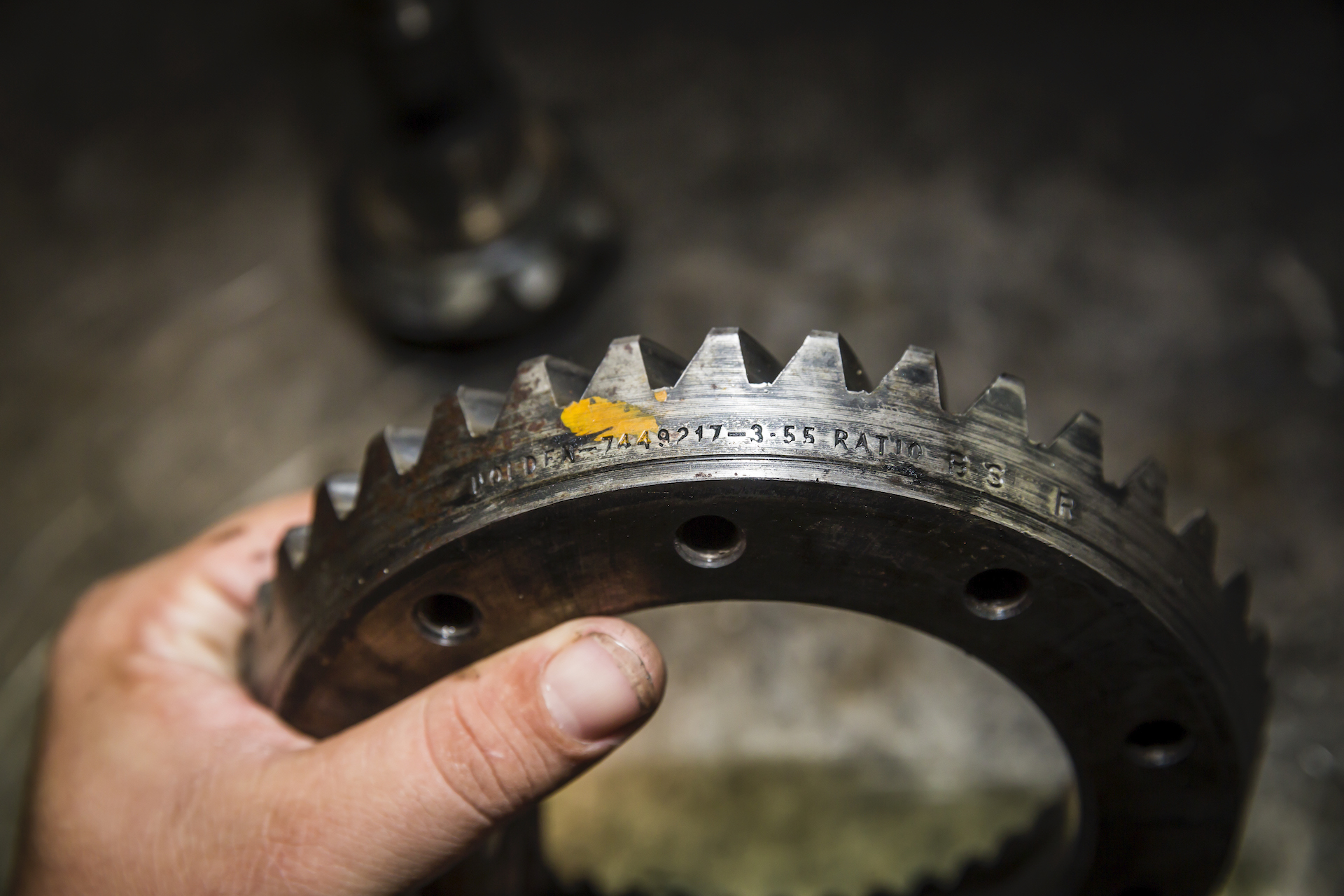
Nissan Patrols, as an example, have quite a few different options when it comes to diff regearing. The various engine series (TB, TD, ZD, and RD) in the GQ / GU Patrol all offered different ratios, from 3.54:1, all the way through to 4.62:1. This allows Patrol drivers a lot of different options with regearing their diffs. They can be found both second hand, purchased brand new through Nissan directly, or from aftermarket manufacturers who offer replacement stock ratio crown wheel and pinions.
The alternative is a quality aftermarket manufacturer. As another example, Nitro Gear & Axle in the US can supply a new front and rear crown wheel and pinion set for under $1000 for a HiLux, including shipping to Australia.
They offer many different ratios to factory options, especially for those that only have one or two different factory standard ratios in their model of 4X4. Depending on the vehicle, that means that you can have a drive-in drive-out ratio change, with new bearings throughout both front and rear diffs, for under $2,000.
If you are going to have a shop do your diff regearing, ensure the mechanic doing the work is a diff specialist. Building diffs and setting them up correctly is somewhat of an art, so you will want the mechanic who has done hundreds of diffs over their career completing the rebuild, as opposed to the fellow who has done three, including yours.
Replacement transfer gear sets explained
The other alternative to changing out your diff gears is to replace your transfer case gear set. This is the more expensive option and there will usually be a significant impact on your low-range gearing. This is great if you plan on doing a lot of rock-crawling in your 4X4; however not ideal for driving up the length of Fraser Island with a top speed in low range of 20km/h.
Choosing the right way to go about altering your ratios will come down to what you want to get out of your 4X4. And where you plan on taking it.
